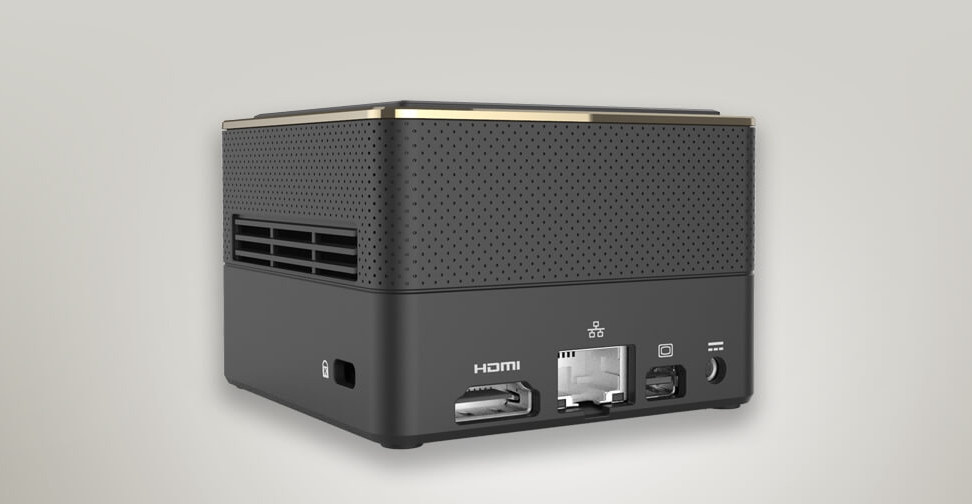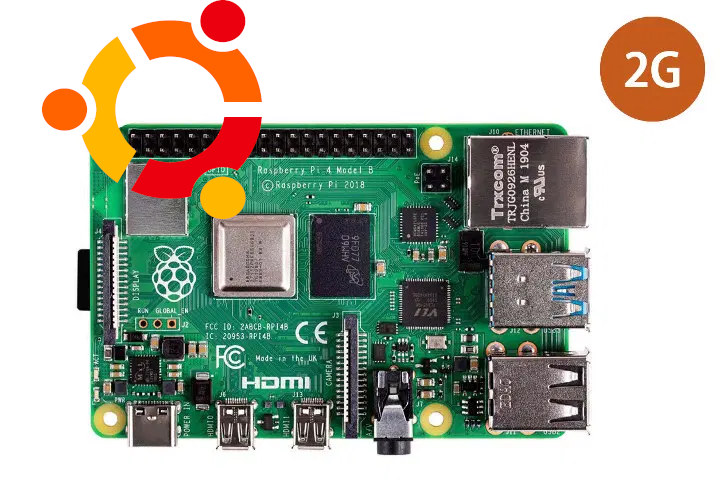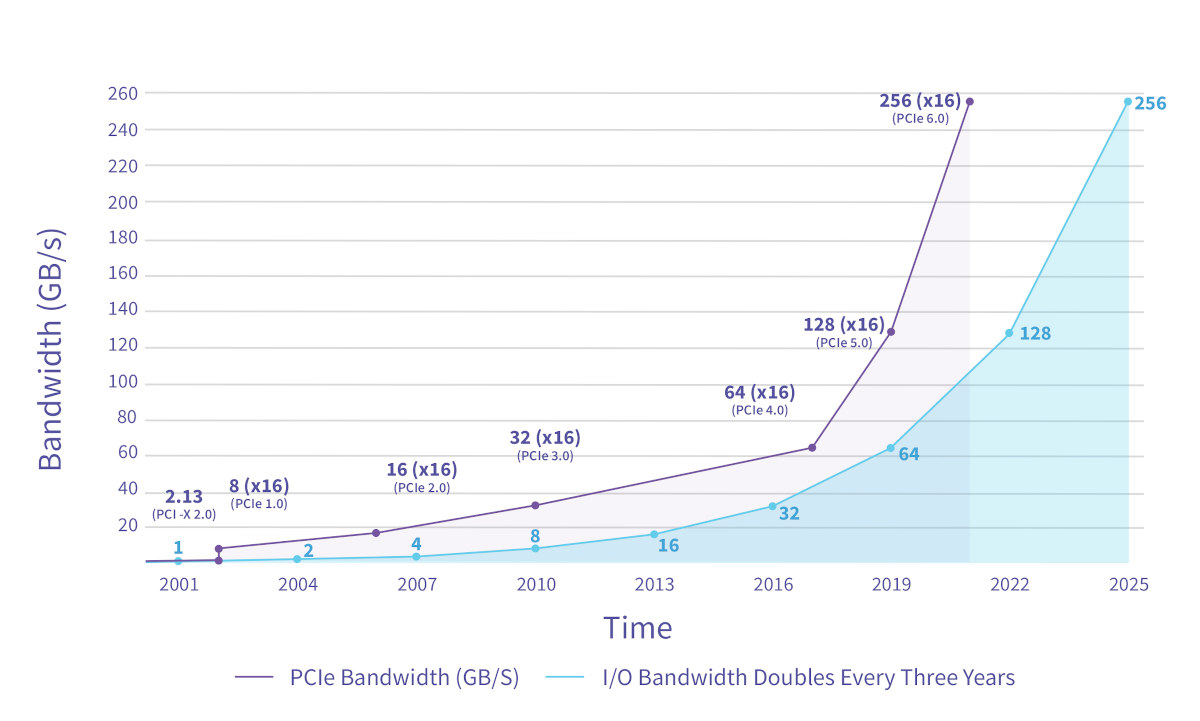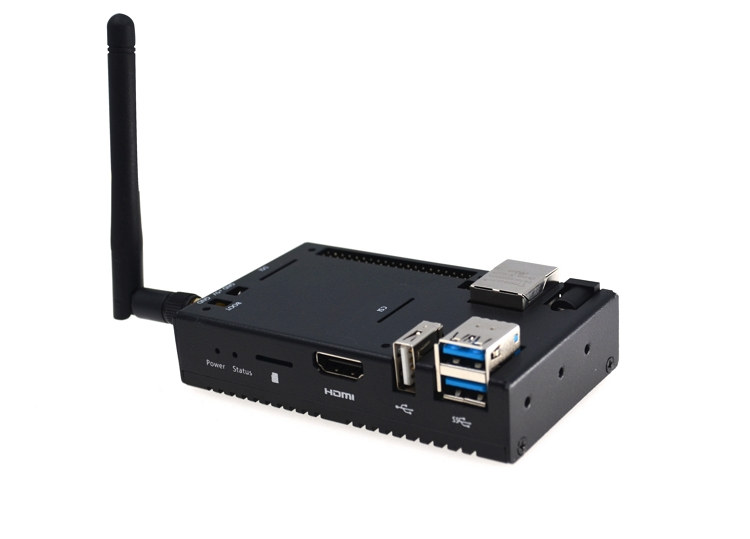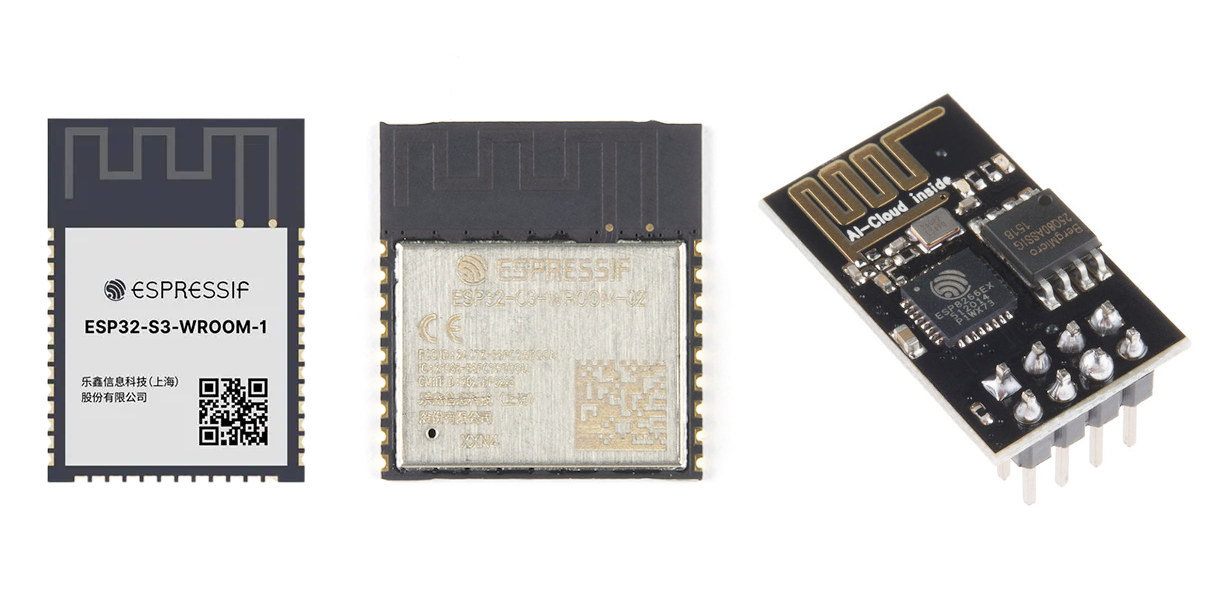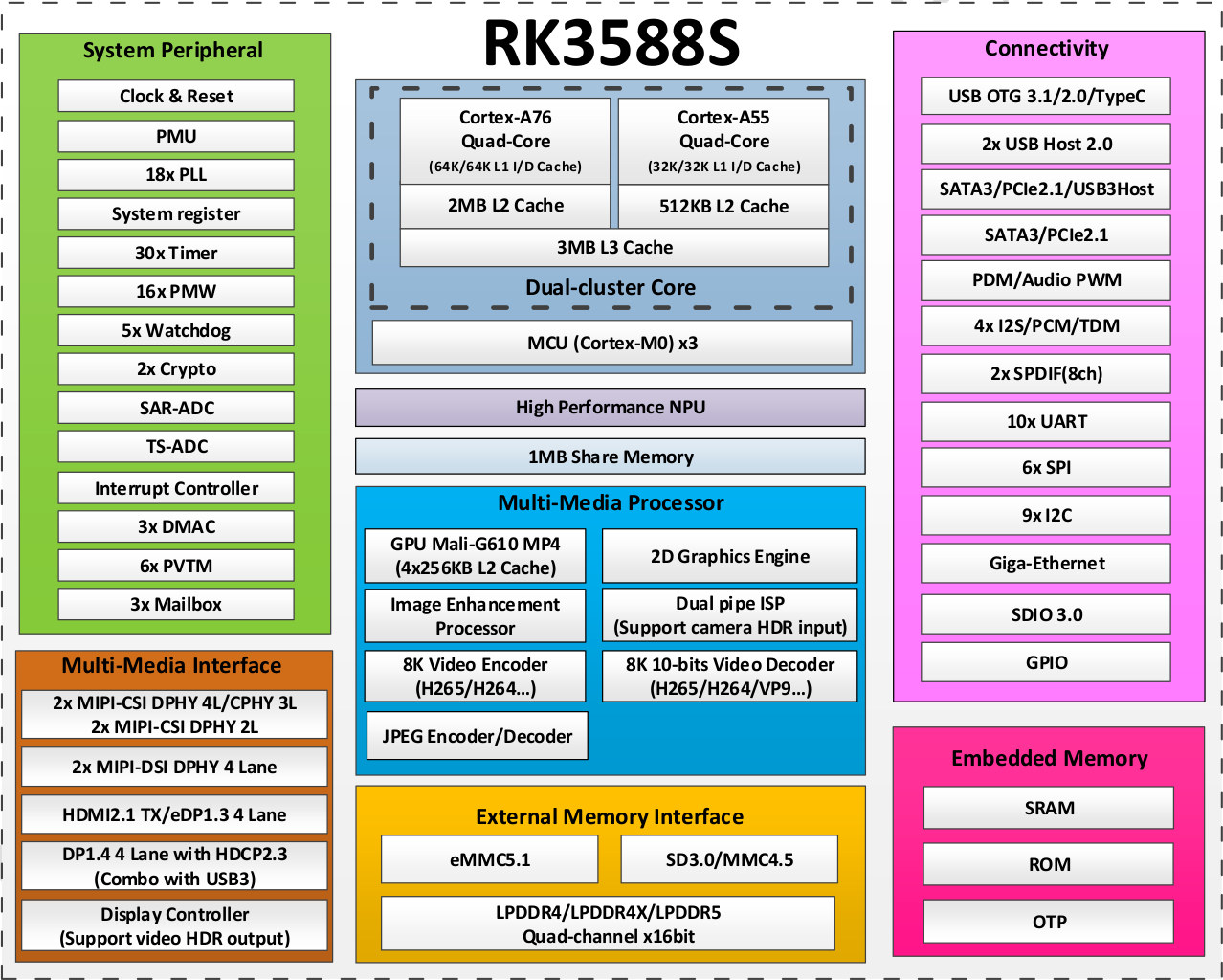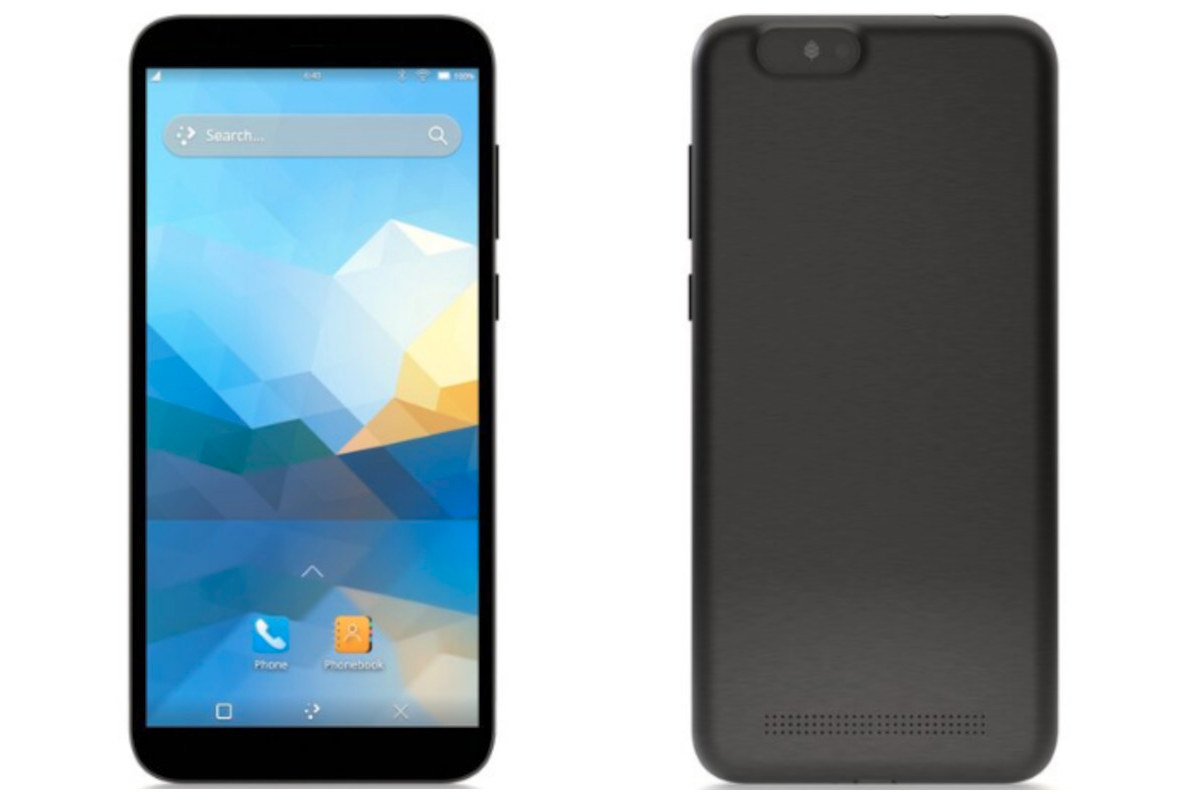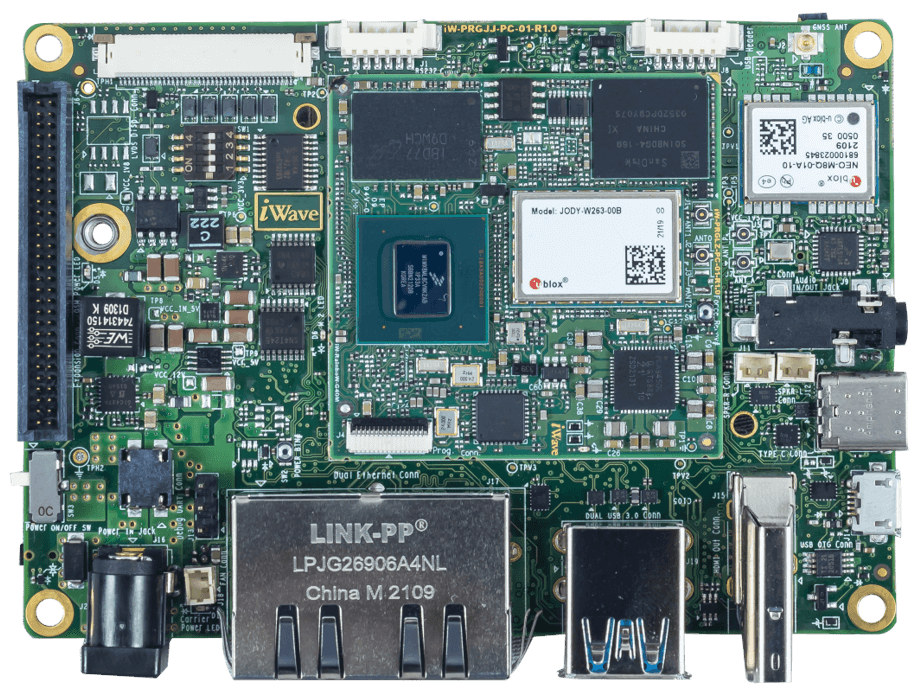ECS LIVA Q3 Plus is another one of those pocket-sized mini PC’s we’ve seen in the past like the ECS LIVA Q2, Chuwi Larkbox, GMK NucBox, and others. Most of those mini PCs are based on Intel Apollo Lake or Gemini Lake mini PC, but LIVA Q3 Plus comes with a twist as it is powered by a 15W AMD Ryzen Embedded V1605B or R1505G processor making it, according to the Taiwanese company, the world’s smallest 15W AMD mini PC. ECS LIVA Q3 Plus specifications: SoC (one or the other) AMD Ryzen Embedded V1605B quad-core processor @ 2.0GHz up to 3.6GHz; TDP: 15W AMD Ryzen Embedded R1505G dual-core processor @ 2.4GHz up to 3.3GHz; TDP: 15W System Memory – 4GB or 8GB DDR4 2400 MT/s Storage – 64GB or 128GB eMMC flash, MicroSD card slot Video Output 1x HDMI 2.0 port up to 4Kp60Hz with CEC function 1x mini DisplayPort […]
Ubuntu 22.04 LTS to leverage zswap to run on Raspberry Pi 4 with 2GB RAM
Canonical used to recommend Raspberry Pi 4 with at least 4GB RAM to run Ubuntu Desktop, but Ubuntu 22.04 LTS should run more smoothly on the Raspberry Pi 4 2GB as the company has enabled zswap by default to allow the Linux operating system to run better on systems with less memory. Canonical explains that zswap is essentially a compression tool. When a process is about to be moved to the swap file, zswap compresses it and checks whether the new, smaller size still needs to be moved or if it can stay in your RAM. It is much quicker to decompress a ‘zswapped’ page than it is to access the swap file so this is a great way of getting more bang for your buck from systems with smaller amounts of RAM. The good news is that you don’t even need to wait for Ubuntu 22.04 LTS to come […]
PCIe 6.0 delivers up to 256 GB/s for Big Data applications
The PCI-SIG has just released the PCIe 6.0 specification reaching 64 GT/s transfer speeds, or 256GB/s, doubling the PCIe 5.0 specification data rate, and aimed at Big Data applications in the data center, artificial intelligence/machine learning, HPC, automotive, IoT, and military/aerospace sectors. PCIe 6.0 follows PCIe 5.0 announced in 2019 and can achieve the 256GB/s data rate in a 16-lane configuration. Implementation will take time, as even PCIe 5.0 is not widely used yet, and in the embedded space, I only found PCIe 5.0 in the recently announced Alder Lake-S Desktop IoT processors, with the Alder Lake Mobile IoT processors still being limited to PCIe 4.0. PCIe 6.0 highlights: 64 GT/s raw data rate and up to 256 GB/s via x16 configuration Pulse Amplitude Modulation with 4 levels (PAM4) signaling, leveraging existing PAM4 already available in the industry Lightweight Forward Error Correct (FEC) and Cyclic Redundancy Check (CRC) mitigate the […]
Raspberry Pi CM4 Nano industrial mini PC supports wide temperature range, 12-18V DC input
If you ever wanted a mini PC similar to Raspberry Pi 4 but working within a wider temperature range and supply voltage, as well as a few extra features, the Raspberry Pi CM4 Nano industrial mini PC with a metal enclosure might be worth looking at. Based on the EDATEC CM4 Nano carrier board, the mini PC supports Raspberry Pi CM4 with up to 8GB RAM, 32GB storage, optional WiFi 5 and Bluetooth 5.0, and offers one HDMI port, a flat cable HDMI + Touchscreen connector, Gigabit Ethernet, three USB 3.0 ports and more. It works in settings with -25 to +60°C ambient temperature and offers a 12-18V DC input. EDATEC (Raspberry Pi) CM4 Nano specifications compared to Raspberry Pi 4 SBC: The company uses the Raspberry Pi OS image for the board plus a Board Support Package (BSP) specific to CM4 Nano to support extra features like the RTC: […]
A comparison of ESP32-S3, ESP32-C3 and ESP8266 modules
The ESP32-S3 chip is equipped with an Xtensa 32-bit LX7 dual-core processor clocked at up to 240 MHz, supports 2.4 GHz Wi-Fi and Bluetooth 5 LE, and boasts AI instructions, as well as a reliable security encryption engine, specially built for the AIoT market. Modules based on the ESP32-S3 processor bring many benefits to designers with support for Bluetooth Long Range mode, plenty of resources with 512 KB SRAM (TCM), 45 programmable GPIO pins, and rich communication interfaces. They can also handle high-speed Octal SPI flash with higher capacities, as well as off-chip PSRAM. So, what are the differences between the new ESP32-S3 modules, and typical ESP32-C3 and ESP8266 modules? Let’s find out.
Rockchip RK3588S cost-optimized Cortex-A76/A55 processor adds CAN bus, drops PCIe 3.0, other peripherals
Rockchip RK3588S is a cost-optimized version of the RK3588 octa-core Cortex-A76/A55 processor with fewer peripherals, and I’ve been told it’s been designed for tablets, but as we’ll see below, the processor will probably find its way into many other applications. We first saw RK3588S during the Rockchip Developer Event last December, but at the time we did not have any information, except it would be a lower-cost version. I’ve now received an RK3588S datasheet, so let’s have a look at the block diagram and specifications to find out what’s different. Rockchip RK3588S specifications with highlights in bold showing the differences against RK3588: CPU – 4x Cortex-A76 and 4x Cortex-A55 cores in dynamIQ configuration GPU Arm Mali-G610 MP4 “Odin” GPU with support for OpenGLES 1.1, 2.0, and 3.2, OpenCL up to 2.2 and Vulkan1.2 2D graphics engine up to 8192×8192 source, 4096×4096 destination AI Accelerator – 6 TOPS NPU 3.0 (Neural […]
PinePhone Pro Explorer Edition Linux smartphone is up for pre-order for $399
Pine64’s PinePhone Pro “Explorer Edition”, the successor of the PinePhone Linux smartphone with a much more powerful Rockchip RK3399S processor, is now available for pre-order for $399 on Pine64 store, but mostly for Linux developers since there’s still a lot of work to do before the phone becomes usable. Based on Allwinner A64 processor, the original PinePhone was the cheapest Linux smartphone you could get, but as a user, I can also say it’s sluggish and suspect only a few people have made it their main mobile device. The story should be a different story with PinePhone Pro with much better specs include on hexa-core Cortex-A72/A55 processor tweaked to consume less power than RK3399, 4GB RAM, 128 GB eMMC flash, and a 6-inch display that makes it more like a typical entry-level/mid-range smartphone. PinePhone Pro Explorer Edition specifications: SoC – Rockchip RK3399S hexa-core processor with 4x Arm Cortex A53, 2x […]
i.MX 8M Plus solderable LGA module follows OSM Size-L standard
SGET Open Standard Module (OSM) specification was ratified in November 2020. It defined specifications for solderable LGA system-on-modules, and we first noticed it though through the launch of F&S Elektronik “FS 8MM OSM-SF” module powered by an NXP i.MX 8M Mini processor, and following OSM Size-S standard (30x30mm). As we noted in our introduction about the Open Standard Module, SGET defined four sizes from Size-0 (30x15mm) to Size-L (45x45mm), and there’s now at least one “Large” OSM module courtesy of iWave Systems, and their iW-RainboW-G40M module equipped with an NXP i.MX 8M Plus processor for AI applications. iW-RainboW-G40M specifications: SoC- NXP i.MX 8M Plus Q/QL/D quad-/dual-core Cortex-A53 processor up to 2.0 GHz, with Arm Cortex-M7 real-time core @ 800 MHz, Vivante GC7000UL 3D GPU, Vivante GC520L 2D GPU, 2.3 TOPS NPU System Memory – Up to 8GB LPDDR4 Memory Storage – Up to 256GB eMMC flash Wireless – 802.11a/b/g/n/ac/ax Wi-Fi […]


